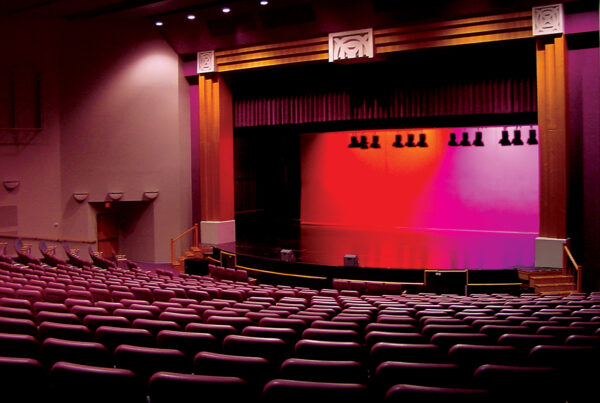
Congressman Harold “Hal” Rogers joins Gov. Steve Beshear in making the announcement at a press conference.
The Center for Rural Development will partner with the state on a statewide broadband initiative that will bring high-speed Internet connectivity to every corner of the Commonwealth, including the underserved Southern and Eastern Kentucky region within The Center’s primary service area.
The announcement of a new public-private partnershp with Macquarie Capital, an Australia-based investment firm, to develop a reliable, fiber “backbone” infrastructure and make fiber available in all 120 Kentucky counties was announced on Tuesday – two days before Christmas – by Gov. Steve Beshear and U.S. Congressman Harold “Hal” Rogers.
The underserved region of Eastern Kentucky will be the first priority area of the project. The Center will focus on communities east of Interstate 75 and will host education workshops to help communities learn how to connect to the new network.
When completed, the more than 3,000 miles of fiber will be in place across the state. This “middle-mile” fiber infrastructure is key to reaching much of Kentucky’s large rural population.
The push for reliable, accessible high-speed broadband is one recommendation that emerged from SOAR, the “Shaping Our Appalachian Region” initiative.
“We’re laying the first bricks for what could be ‘Silicon Holler.’ This new Super I-Way is the cornerstone of SOAR’s mission to diversify the economy in eastern Kentucky with improvements in business recruitment, fast-tracking telemedicine in the mountains, and adding high tech advancements in education,” said Congressman Rogers. “I commend all of our federal, state and local partners for working together on this project that will undoubtedly chart the course for a better future in the coalfields and across the Commonwealth.”
Over the past several months the Commonwealth, in conjunction with The Center, released the request for proposal solicitation and negotiated with private sector vendors including Macquarie Capital.
Macquarie will begin work immediately on phase one to design the overall statewide system and determine the project’s scale. The design and cost estimates are due by the end of February 2015 with construction of the first segments expected to begin in the summer and completed by April 2016.
Overall, the project is estimated to cost between $250 million to $350 million, and will be supported by approximately $30 million in state bonds and $15 to $20 million in federal grants.




